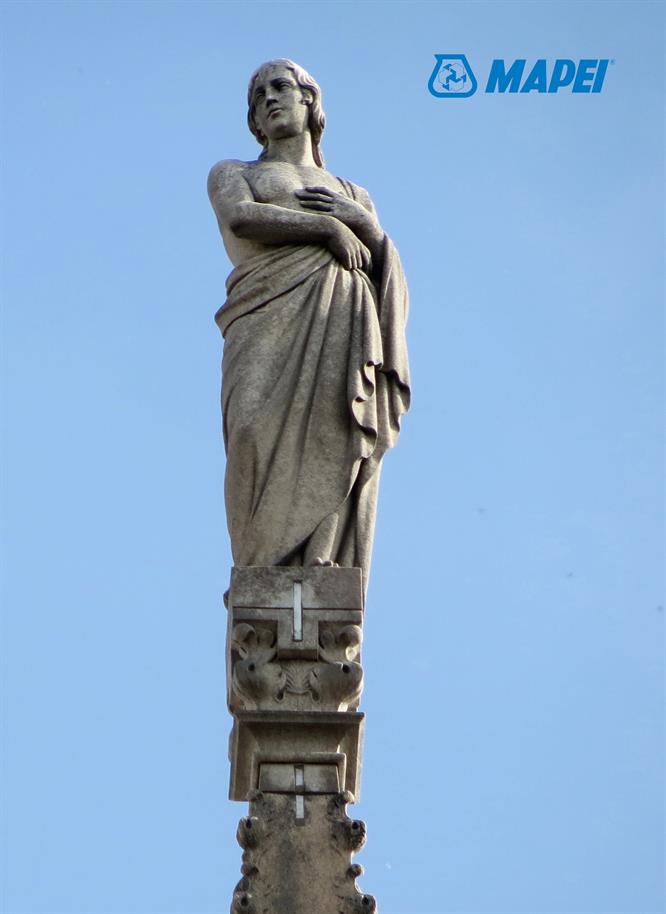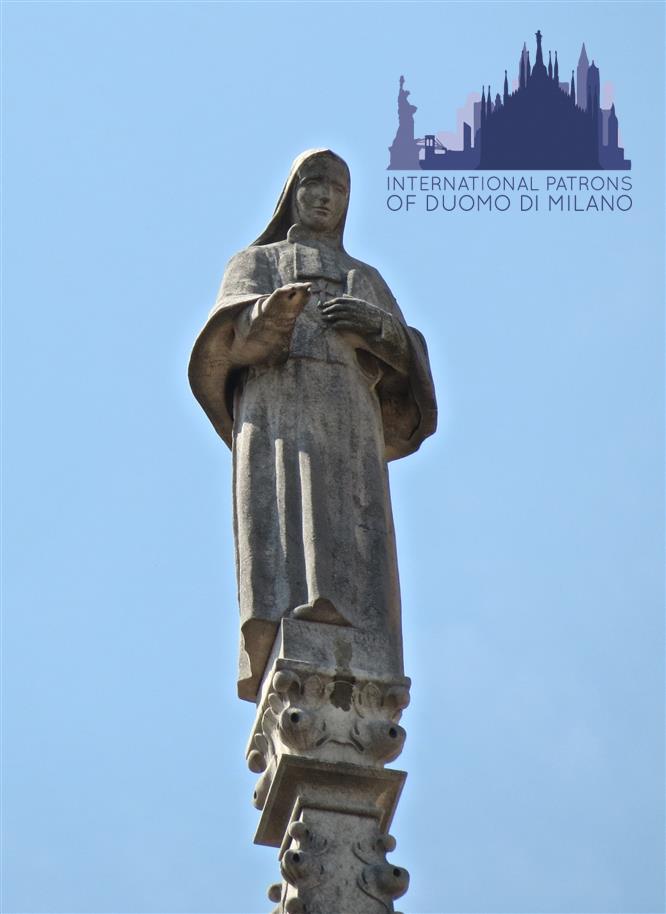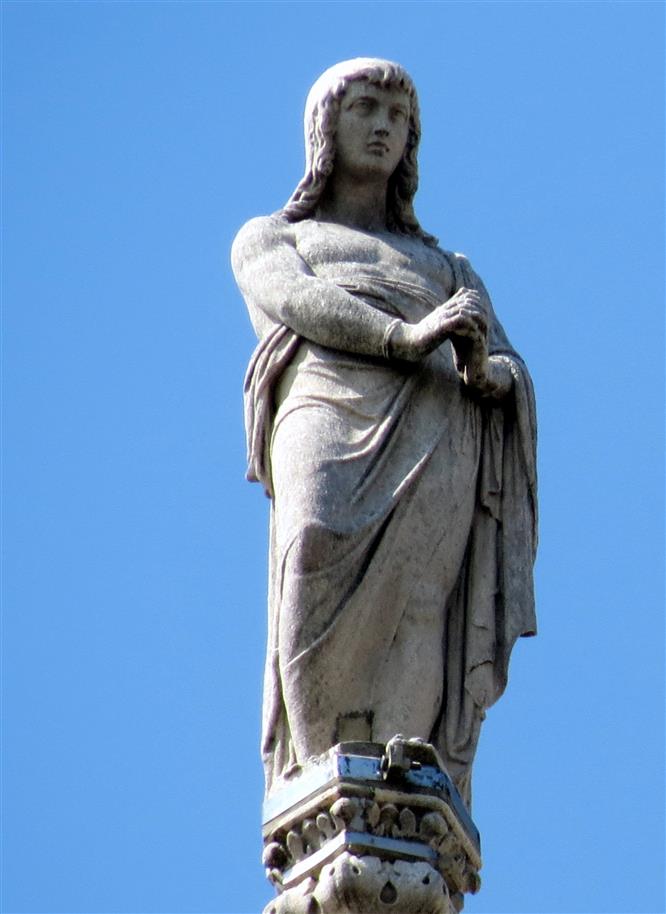She was born in Lovere, in the province of Bergamo and diocese of Brescia, from Modesto and Caterina Canossi, on January 13th, 1807. After attending elementary school, at the age of eleven she was entrusted to the local Poor Clares, who had returned to their convent following their scattering during the Napoleonic era. In their convent school, also thanks to the guidance of an educated and devout Mother Superior, Sister Francesca Parpani, Bartholomea made great progress in her studies and on the path to perfection. After being awarded her assistant teacher certificate in 1822, she began teaching the first grade schoolgirls in the same school. After leaving the convent school on July 18th, 1824, and returning to her family, she continued her teaching career in the small school for poor girls opened the following year in her home, experimenting with and creating her own personal method, made of intuition and penetration into the souls of the girls. In 1824, Bartholomea drafted the first outline of her rules of life, which later developed admirably, and took the vow of obedience, with which she mainly committed to carry out the orders of her father, who had entrusted her with work in their shop. Extremely gifted and naturally outgoing, it did not take Bartholomea long to turn her attention to another mission, that of young women, among whom the ideas of the Revolution had left clear signs of ruin or, in the least, moral disorientation. This gave rise to the oratory with chapel, rules and instructions and the Congregation named Child Mary. In 1826, while the jubilee was extended to the entire Church, she imposed upon herself a program of ascetic life truly worthy, as it was described by her spiritual director, Angelo Bosio, of a soul endowed with exceptional piety and devotion. In addition to this, the young Bartholomea dedicated her work to the small hospital for the poor, founded in Lovere by the sisters Caterina (who in religion later took on the name Vincenza) and Rosa Gerosa, where she had been called to act as director and accountant. But even vaster programs occupied her thoughts. Beyond the narrow confines of Lovere she saw many people in need of religious, moral and physical assistance, and conceived the idea to be of help to them with a big religious family that sanctified its members through works of mercy. During her spiritual exercises, carried out in Sellere in 1829, she wrote the rules of the new institution, for which she had also gained the support of Caterina Gerosa. The search for, choice and purchase of a house was not a small task: relatives, the authorities and insufficient funds became the source of many difficulties. Nonetheless, in November 1832 the contract was drafted for the purchase of Casa Gaia, an old abandoned building, and on the morning of November 21st of that same year, in the presence of the two founders, the parish priest of Lovere, don Bosio, relatives and friends, the ceremony for the building of the Institute took place. The new house, nicknamed il Conventino – the little convent – concentrated the work already started by Bartholomea: a free school for the daughters of the poor, an orphanage with ten female students, festive meetings, pious unions and help to all those in search of moral and material assistance. On June 22nd, 1833, the Legal Act was drafted. It consisted of fourteen articles in which Bartholomea and Caterina Gerosa declared to form a legal partnership, which was recognized by the Austrian government. However, Bartholomea would enjoy her foundation for only a few months: on July 26th, 1833, her life that was brief yet full of wonderful deeds was cut short. Declared venerable by Pius IX on March 8th, 1866, she was beatified by Pius XI on May 30th, 1926, and canonized by Pius XII on May 18th, 1950. Her liturgical memory is celebrated on July 26th. The Congregation, which upon the death of Bartholomea seemed destined to fail, continued to develop slowly yet without blows or interruptions. On November 21st, 1835, the clothing ceremony of the first nuns and the election to Mother Superior Vincenza Gerosa was held. On May 21st, 1837, there was the establishment of the orphanage of St. Clare in Bergamo. On June 29th, 1840, the institute received the approval of the Holy See (papal brief: Multa inter pia) and in February 1841 the final ratification of the Court of Vienna. On March 12th, 1842, the first foundation was established in Milan (the Ciceri hospital). And on February 7th, 1860, the first four missionary nuns left for India (Bengal), summoned by Mons. Marinoni. The nuns of Child Mary are now approximately ten thousand with more than seven hundred houses.
ST. BARTHOLOMEA
Symbol: Lily
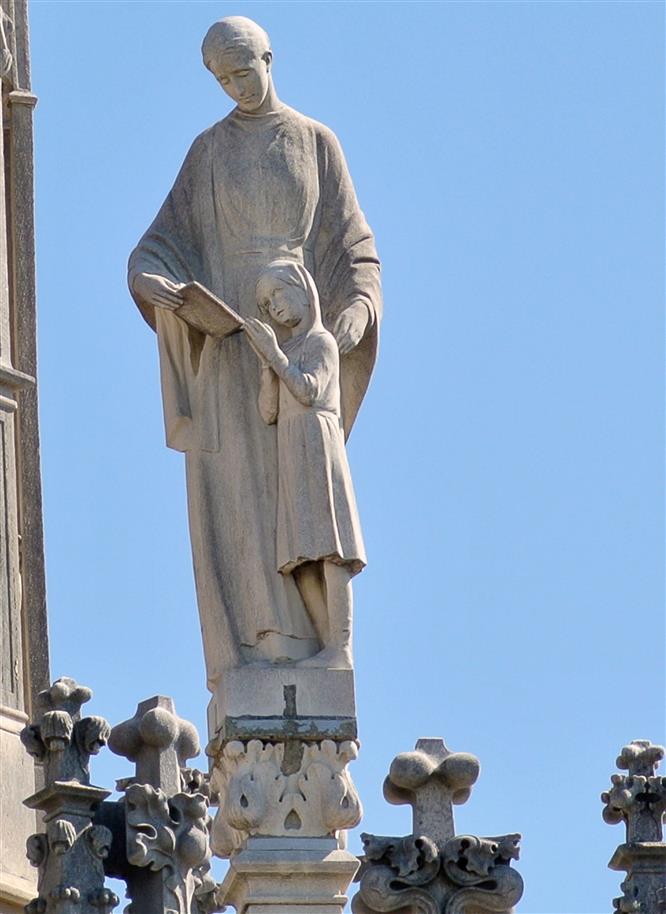
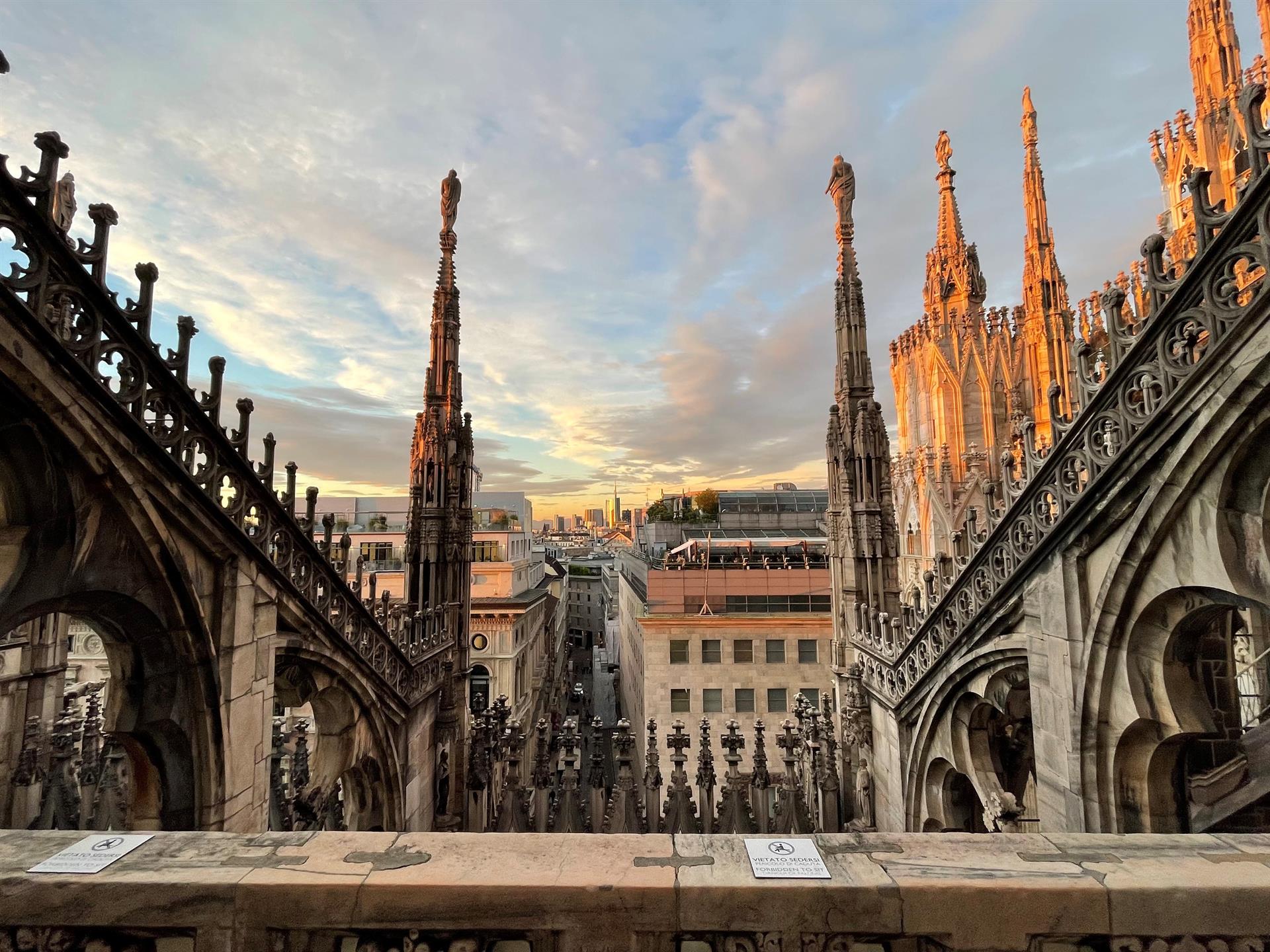
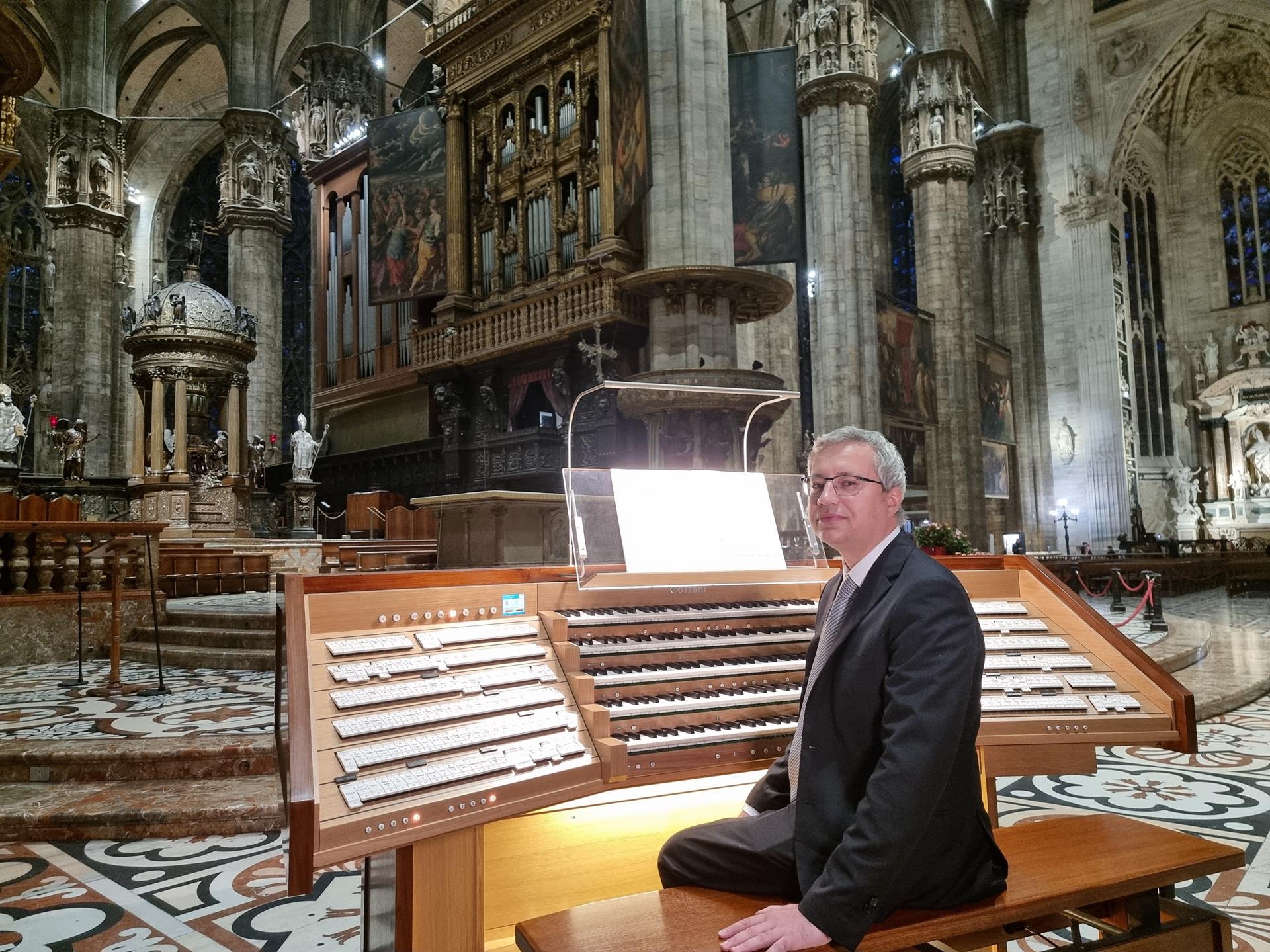
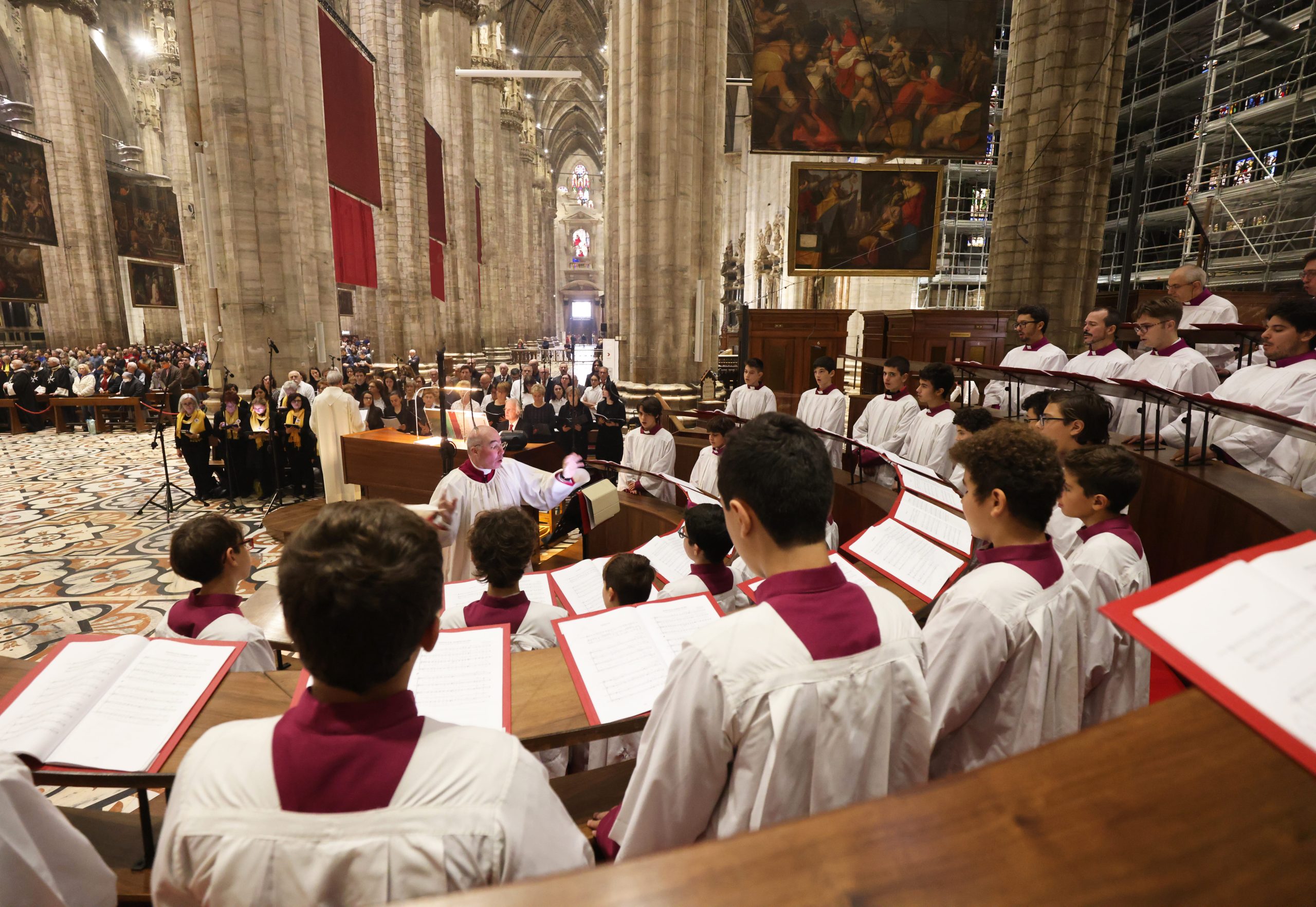
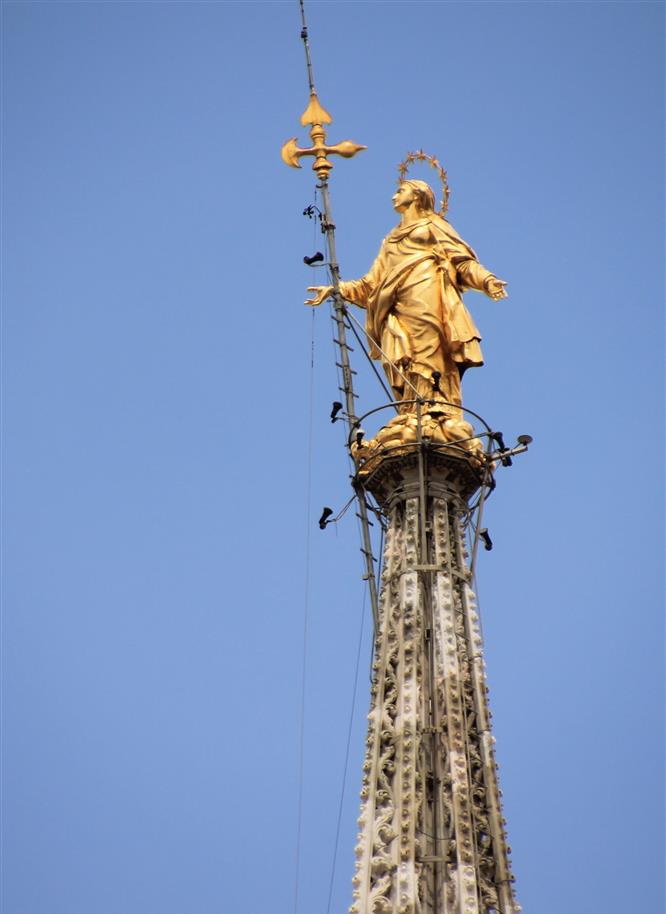
 Tiburio
Tiburio